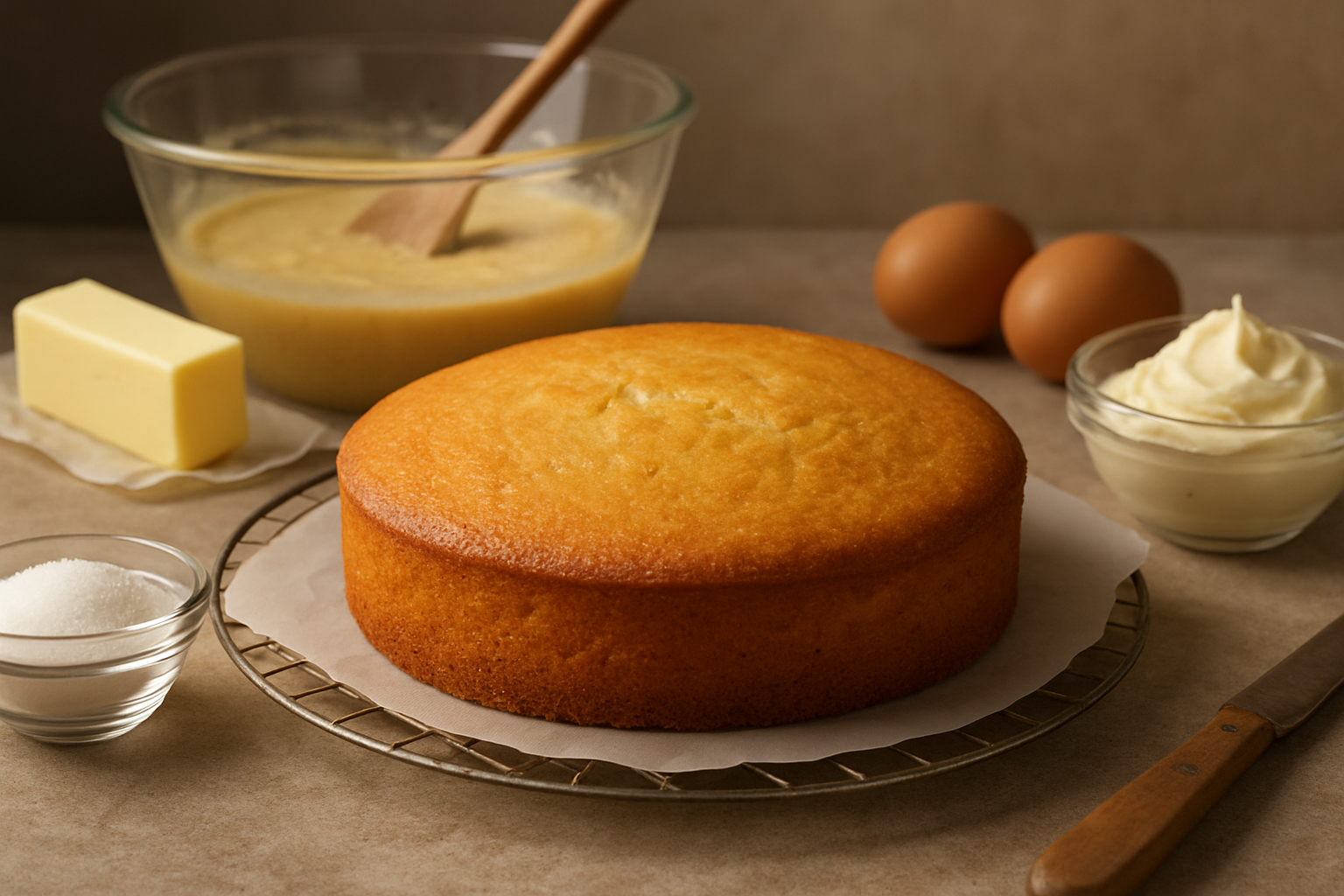Making a cake from scratch may seem intimidating, but with a few essential tips, anyone can create a delicious and beautiful cake at home. Whether you’re baking for a birthday, a family gathering, or simply to enjoy a sweet treat, understanding the basics is key to success.
Start with Quality Ingredients
One of the most important steps in making a perfect cake is using high-quality ingredients. Fresh eggs, real butter, pure vanilla extract, and good-quality flour can significantly improve the texture and flavor of your cake. Avoid using old baking powder or baking soda, as they lose potency over time and can affect the rise of your cake.
Measure Ingredients Accurately
Baking is a science, and precision is crucial. Always measure ingredients carefully using proper measuring cups and spoons. For dry ingredients like flour, spoon the flour into the measuring cup and level it off with a knife instead of scooping directly from the bag, which can pack the flour and result in a dense cake.
Bring Ingredients to Room Temperature
Many cake recipes call for ingredients such as butter, eggs, and milk to be at room temperature. Room-temperature ingredients mix more easily and create a smoother, more cohesive batter, which helps your cake bake evenly and rise properly.
Proper Mixing Techniques
When creaming butter and sugar together, beat them until the mixture is light and fluffy. This process incorporates air into the batter, which is essential for a light texture. After adding the flour, mix only until just combined. Overmixing can develop the gluten in the flour too much, leading to a tough cake.
Preheat Your Oven
Always preheat your oven before baking. A properly heated oven ensures that your cake will rise correctly and bake evenly. Using an oven thermometer can help you verify that your oven is at the right temperature, as many ovens can run hotter or cooler than their settings indicate.
Prepare Your Pans Properly
To prevent your cake from sticking, grease your pans thoroughly with butter or oil and lightly dust them with flour. Alternatively, you can use parchment paper to line the bottom of the pans. Properly prepared pans make it much easier to release the cake once it’s done baking.
Don’t Open the Oven Door Too Soon
It’s tempting to peek at your cake as it bakes, but opening the oven door too early can cause the cake to collapse. Try to wait until the cake is nearly done before checking. A cake is usually ready when it pulls away slightly from the sides of the pan and a toothpick inserted into the center comes out clean or with a few moist crumbs.
Test for Doneness
Besides the toothpick test, you can gently press the center of the cake with your finger; if it springs back, it’s ready. Be careful not to overbake, as this can lead to a dry cake.
Let the Cake Cool Properly
After baking, allow the cake to cool in the pan for about 10-15 minutes before transferring it to a wire rack. This helps prevent the cake from breaking apart. Let the cake cool completely before frosting to avoid melting the frosting.
Frosting and Decorating Tips
For beginners, simple frostings like buttercream are easier to manage. Always apply a crumb coat—a thin layer of frosting that traps crumbs—before adding the final layer. This ensures a smoother and cleaner finish.
If you’re decorating with fruits, nuts, or sprinkles, add them right after frosting while the frosting is still soft, so they adhere well.
Common Mistakes to Avoid
- Overmixing the batter: Leads to a dense and tough cake.
- Incorrect oven temperature: Can cause uneven baking or a cake that doesn’t rise properly.
- Not measuring ingredients: Baking demands precision.
- Skipping the cooling step: Frosting a warm cake can lead to a mess.
Pro Tips for Stunning Cakes
- Use simple syrup: Lightly brush simple syrup over your cake layers to keep them moist.
- Level your cakes: If your cake domes while baking, level it with a serrated knife before stacking for a professional look.
- Practice piping: If you’re interested in decorating, practicing basic piping techniques can significantly improve your presentation.
Final Thoughts: Your Path to Cake Success
With patience, practice, and these essential tips, anyone can master the art of cake baking. Remember that every great baker started as a beginner. Don’t get discouraged by occasional failures—each mistake is a step toward creating perfect, beautiful cakes that will impress everyone who tastes them.
Keep experimenting, have fun, and soon you’ll be crafting cakes that are not just delicious but also visually stunning!
